Robert Cropf, Professor of Political Science at Saint Louis University, produced a two-part series about higher education and the Trump administration.
Part One examines how universities evolved into national institutions, why they’re now under coordinated political attack, and what is at stake if this trend continues.
To understand what’s happening to democracy in America, start by looking at what’s happening to its universities.
I’ve spent my career in higher education. It’s been fulfilling—engaging, meaningful, often joyful. But if a young person asked me today whether they should follow the same path, I would hesitate. Not because I don’t believe in the mission of the university—I do—but because the institution is under mounting pressure: external political attacks and internal dysfunction. The work is harder, the future less certain.
I’m not being nostalgic. Higher ed in the 1980s had its flaws—rigid hierarchies, gatekeeping, and inertia. But today’s crisis is far more existential. From the right, there are coordinated efforts to eliminate DEI programs, punish dissenting institutions, and even dismantle the Department of Education. Internally, administrative bloat, waning confidence, and a widening disconnect from the values and concerns of everyday Americans are steadily undermining the institution.
Why This Fight Matters Beyond the Campus Gates
When universities are politicized and delegitimized, the consequences ripple far beyond campus walls. It narrows the pipeline of public professionals, reduces upward mobility, and erodes one of the few institutions where facts and reason still hold sway.
It also weakens civil society. Universities are civic anchors. They support local economies, educate public leaders, and host spaces for honest dialogue. As they erode, communities lose more than educational access—they lose one of the last common spaces where people come together to address shared problems. The hollowing out of universities is the hollowing out of our democratic commons.
If campuses become echo chambers for those who hold power, critical thinking and civic dialogue—the very skills democracy needs—will vanish alongside them. This isn’t about "wokeness." It’s about whether future generations will be equipped to question power, understand complexity, and build a society worth living in.
Before examining the assault on higher education, it’s essential to understand how universities became such vital institutions in the first place.
The Rise of the American University
Higher education has shaped American life since Harvard’s founding in 1636, but it became a truly national institution only after World War II, driven by federal investment. The GI Bill opened the doors of college to millions of veterans. States expanded public universities. Federal dollars—from the National Defense Education Act, the Higher Education Act of 1965, Pell Grants, and student loans—fueled innovation and access.
Both Republicans and Democrats saw universities as engines of mobility, scientific progress, and workforce development. With bipartisan support, they became ladders of opportunity and a source of civic aspiration.
That consensus has collapsed. Today, public investment is met with suspicion, particularly from the right. Universities, once seen as public goods, are now cast as ideological battlegrounds. And the federal role that helped build them is being weaponized to tear them down.
From Investment to Inquisition
This unraveling is no accident. Right-wing politicians, think tanks, and media have made universities a central front in the culture war. The Heritage Foundation’s *Project 2025* lays out a sweeping agenda: eliminate the Department of Education, dismantle DEI programs, politicize research funding, and tie accreditation to ideological conformity.
This playbook is already in motion. Florida Governor Ron DeSantis has purged university boards and reshaped curricula. Trump allies are tying federal funding to partisan loyalty. Trump has already begun enacting changes aligned with *Project 2025*.
This isn’t reform. It’s control. The goal is to replace free inquiry with political enforcement. The irony is stark: many of these same actors built their careers within the institutions they now seek to dismantle—climbing ladders made possible by public investment, only to kick them away.
This strategy would chill academic freedom, erode integrity, and drive away the talent that fuels American innovation—deepening the divide between higher ed and the society it’s meant to serve.
There is another way—one rooted in cooperation between government and academia. But the Trump approach rejects that. It replaces collaboration with confrontation, viewing universities not as national assets, but as ideological threats. That path leads only to a smaller, meaner vision of democracy—and of education itself.
Part Two will be published tomorrow: The Internal Crisis—Administrative Bloat, Rising Costs, and the Fraying Civic Compact. Future installments will explore how we can move beyond the destructive model embraced by Trump and his allies toward a vision of higher education that genuinely serves both the nation and its students—one grounded in cooperation, accountability, and the shared pursuit of the public good.



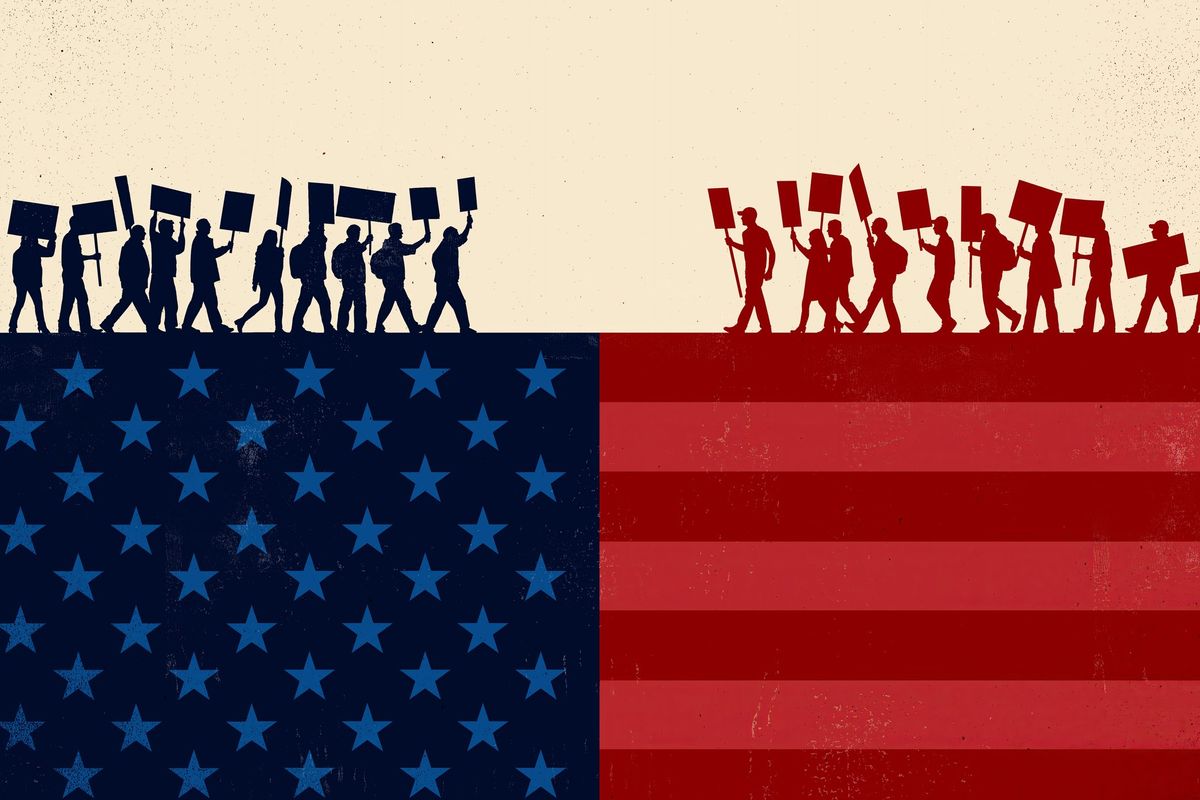





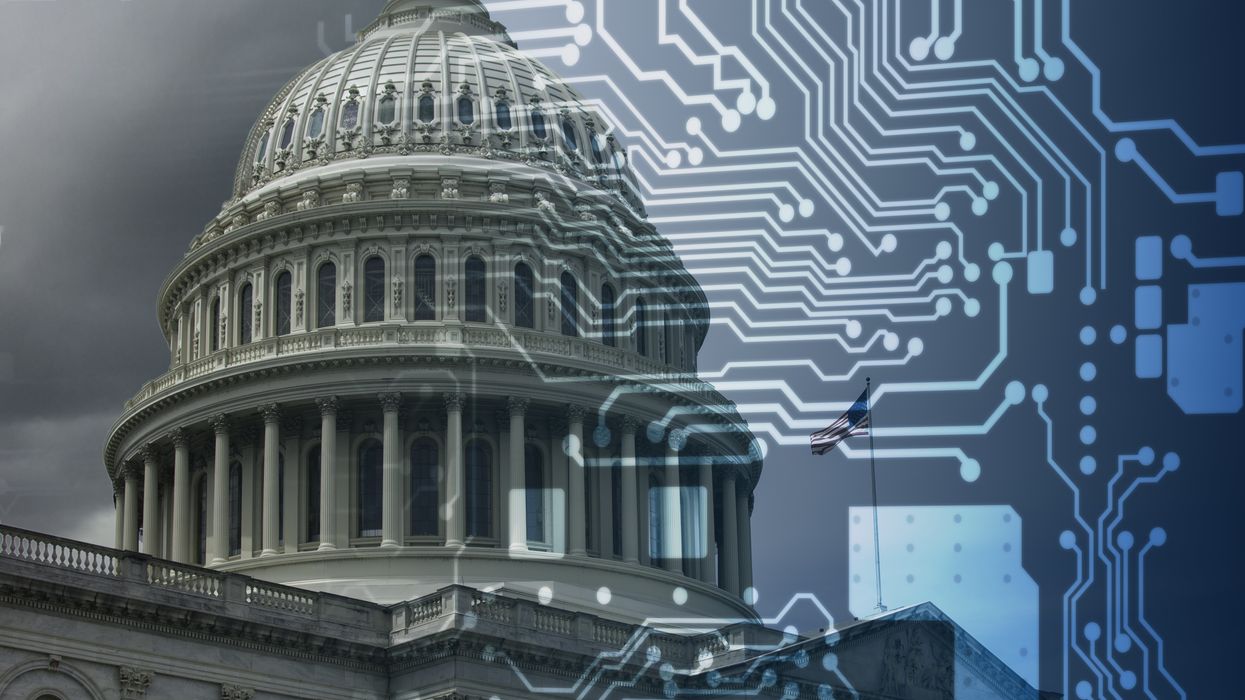
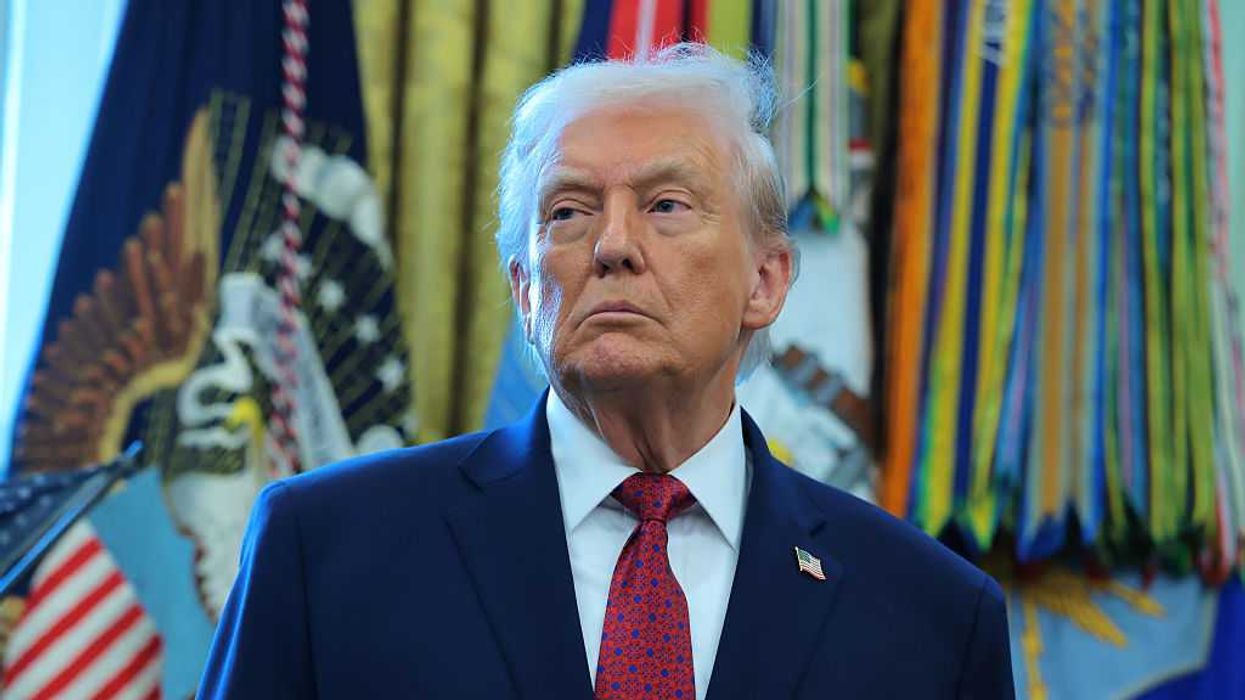





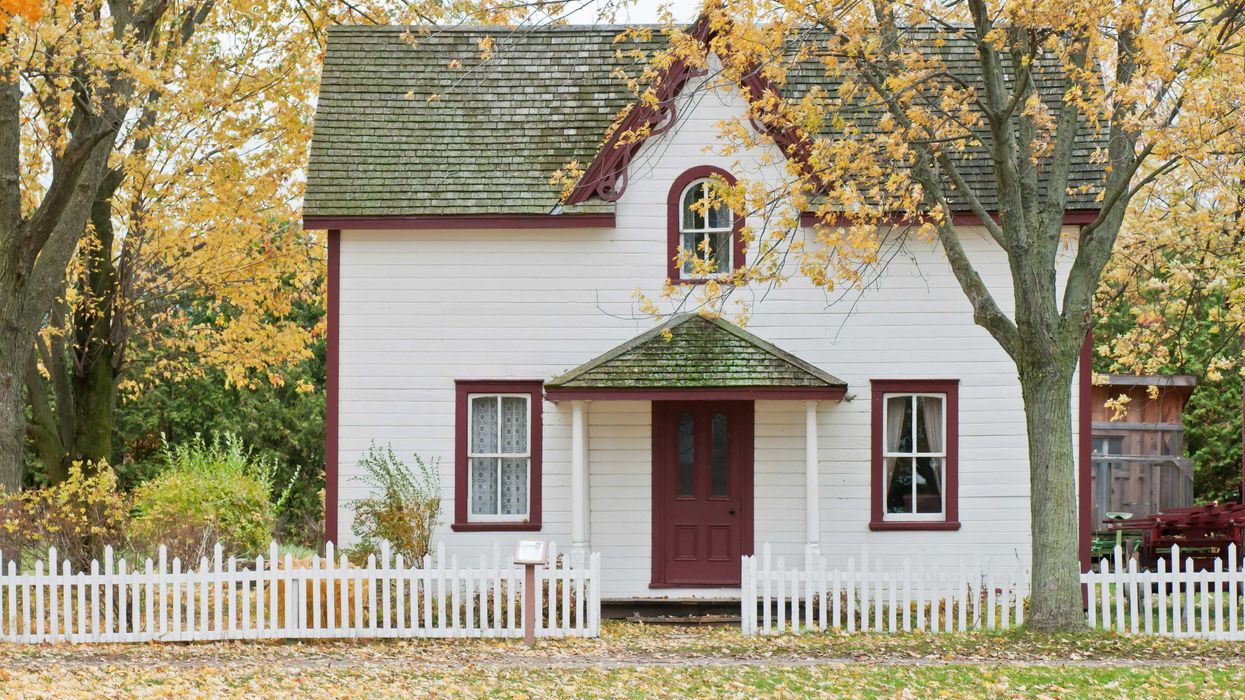
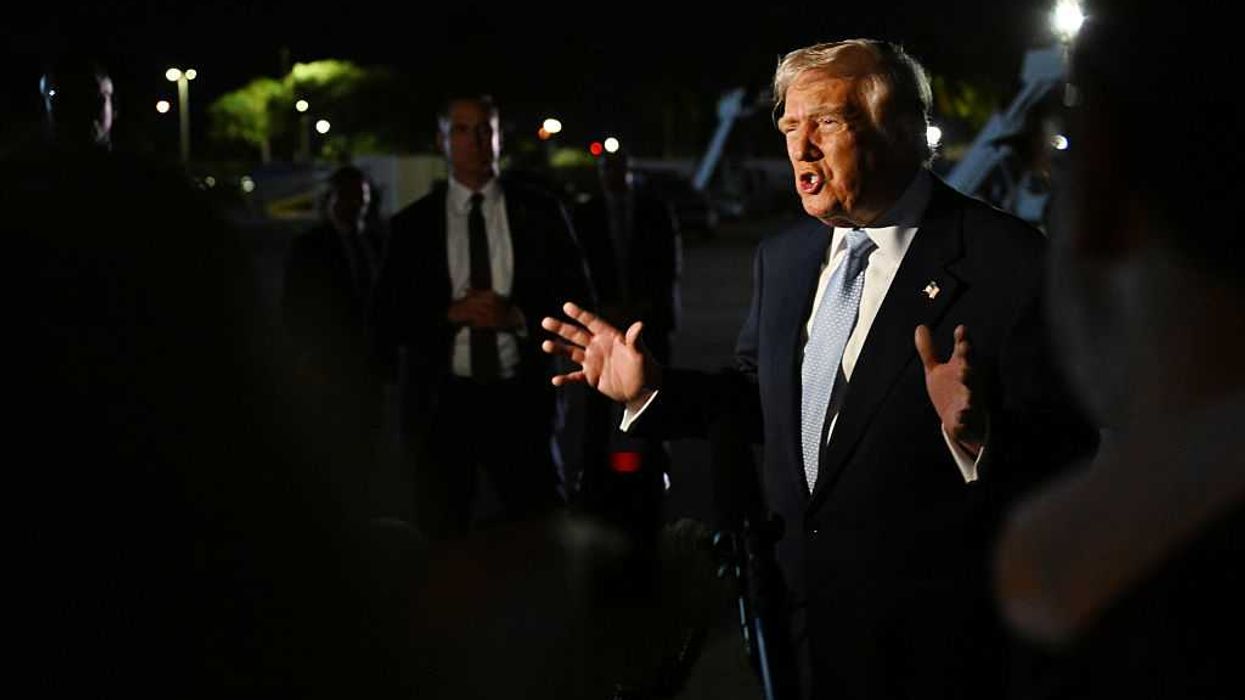
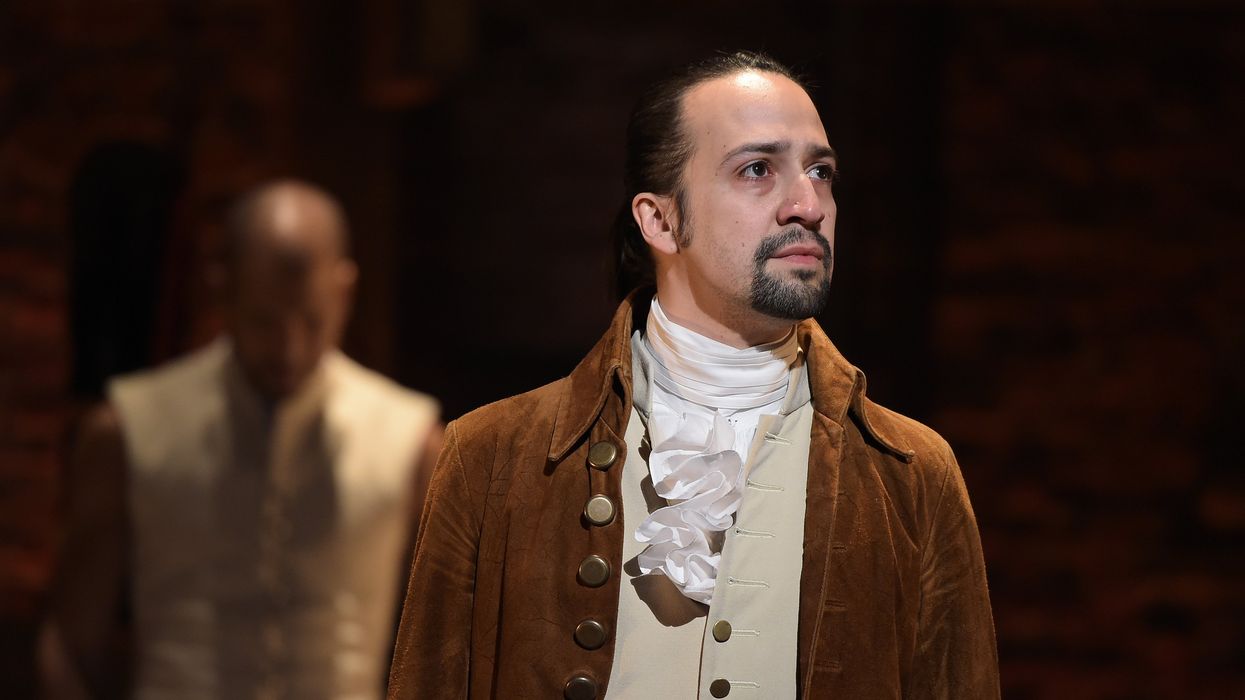
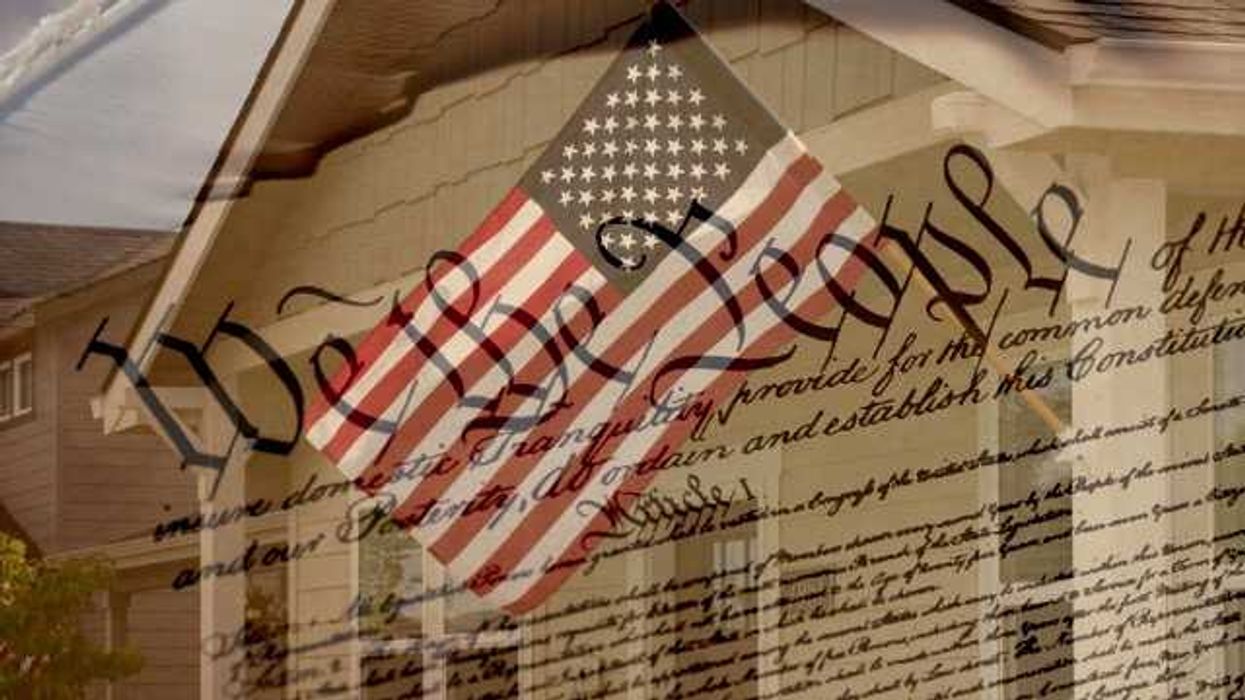
 Shannon Gormley, Rhode Island Public Schools
Shannon Gormley, Rhode Island Public Schools Les Sinclair, Blue Ridge Area Food Bank
Les Sinclair, Blue Ridge Area Food Bank Elena Casillas Hoffman,
Elena Casillas Hoffman, 
 Darrious Hilmon, Executive Director, CAN-TV
Darrious Hilmon, Executive Director, CAN-TV